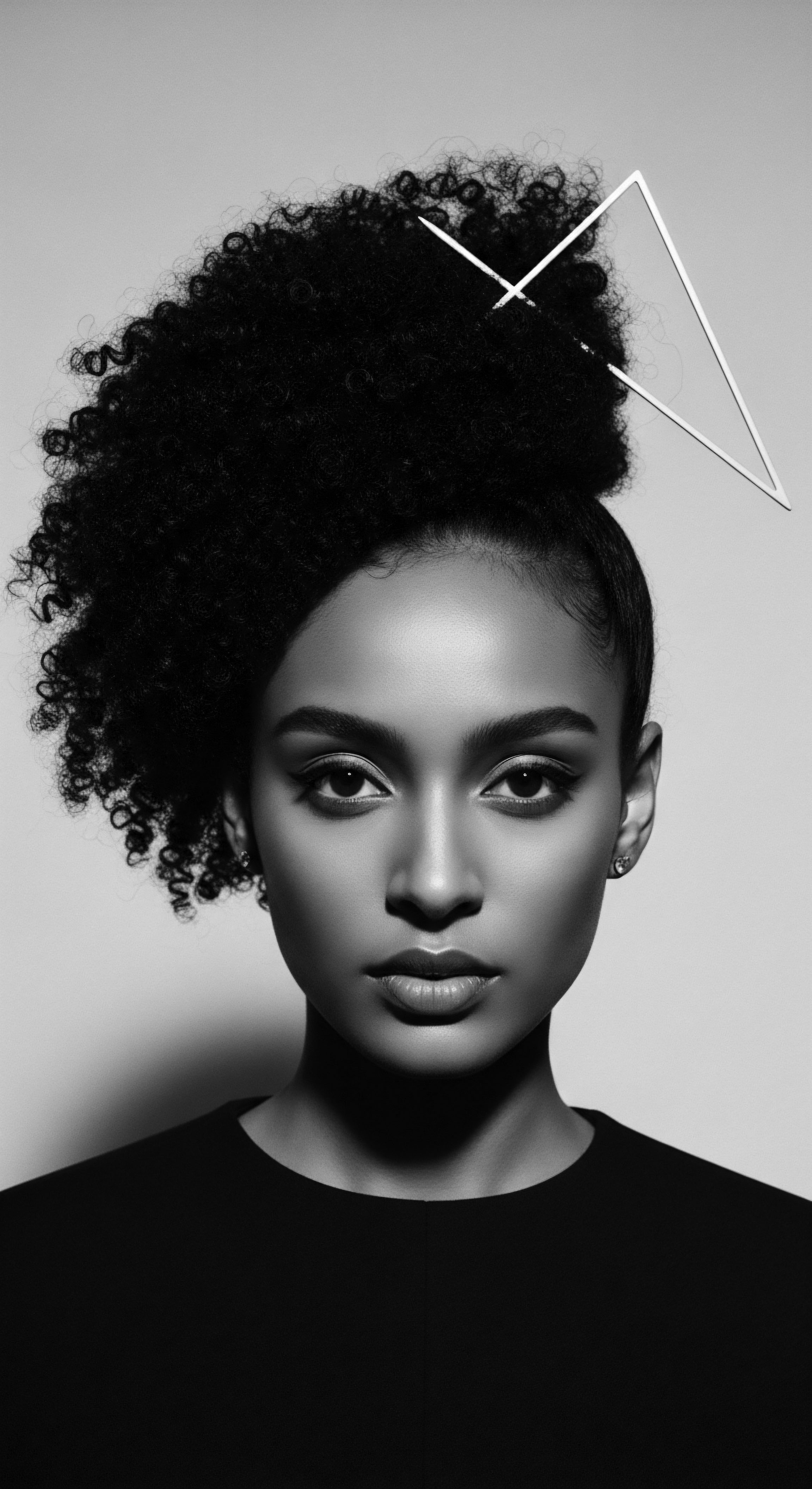
Roots
Imagine, if you will, a whisper carried on the wind through ancient savannahs, a melody of resilience sung through generations. It is the story of textured hair, a story etched into the very fiber of identity, deeply connected to the rhythm of life itself. For those whose ancestry traces through the continents of Africa and beyond, hair is more than mere adornment; it is a living archive, a testament to lineage, wisdom, and survival.
As we consider whether historical practices can truly enhance our modern textured hair regimens, we step onto a hallowed ground where the past speaks to the present, guiding our hands and hearts in profound ways. This inquiry is not a fleeting trend, but a reconnection to the profound legacy woven into every coil and curl, a soulful conversation with the wisdom held in each strand from time immemorial.
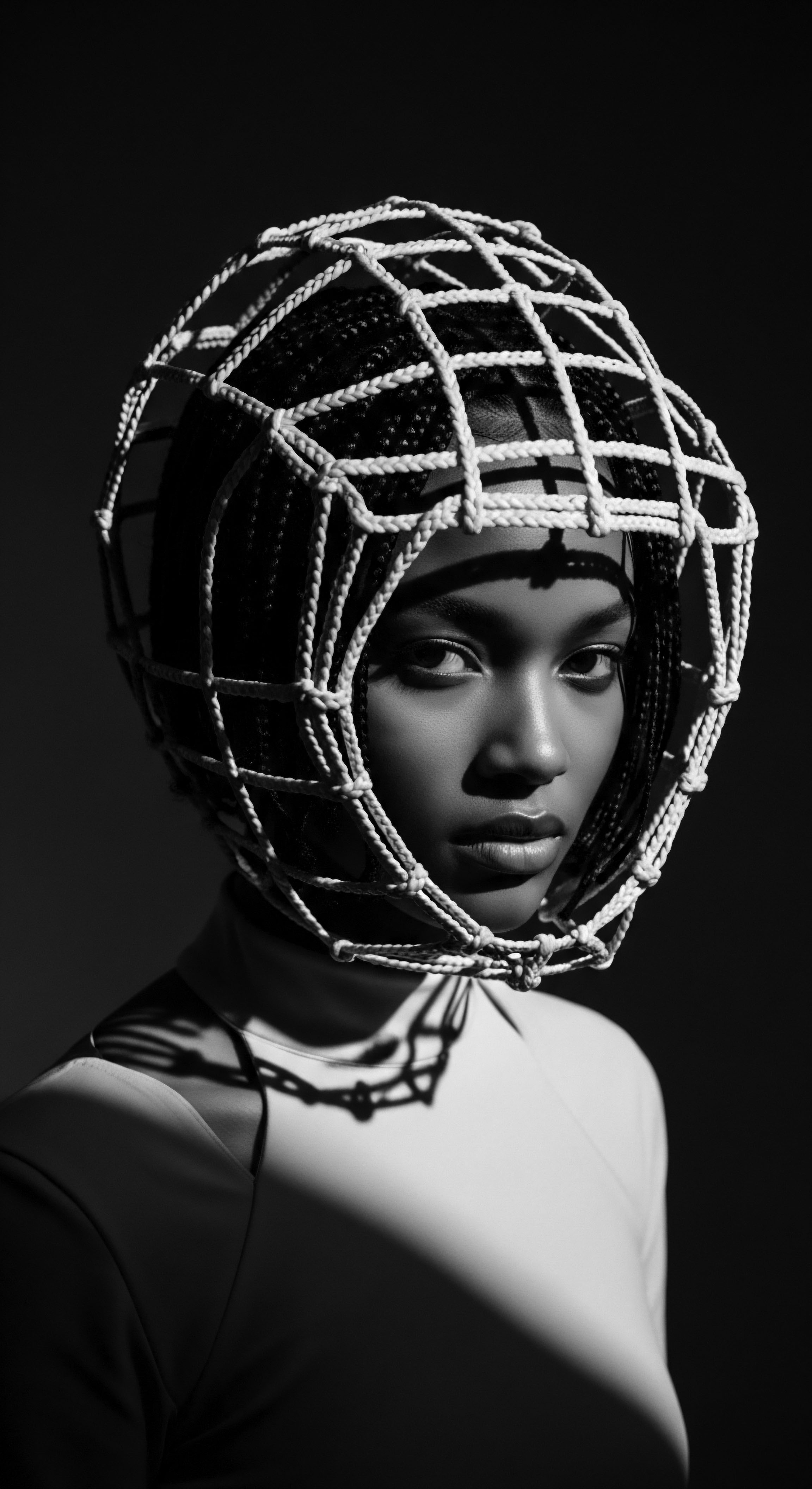
Echoes from the Source
The very architecture of textured hair, with its unique helical structure, dictates its intrinsic needs. Unlike straighter hair types, the twists and turns of a textured strand create natural points of fragility, demanding specific attention to moisture retention and gentle handling. This inherent characteristic, a biological gift, shaped ancestral care.
Early communities understood, perhaps instinctively, the delicate balance required to maintain health. The knowledge was observational, gathered through years of living in harmony with nature and deeply understanding the body’s own workings.
Consider the basic biology, the hair’s journey from follicle to tip. Each phase of growth, from the active Anagen stage to the resting Telogen, influences its strength and vitality. Ancestral practices, though not articulated in modern scientific terms, often aligned with these biological realities.
They understood that healthy hair originated from a nourished scalp, a vibrant root. The plant life, the oils, the earth itself offered remedies.
Textured hair, a living archive, holds ancestral wisdom within its very structure, guiding our understanding of care.
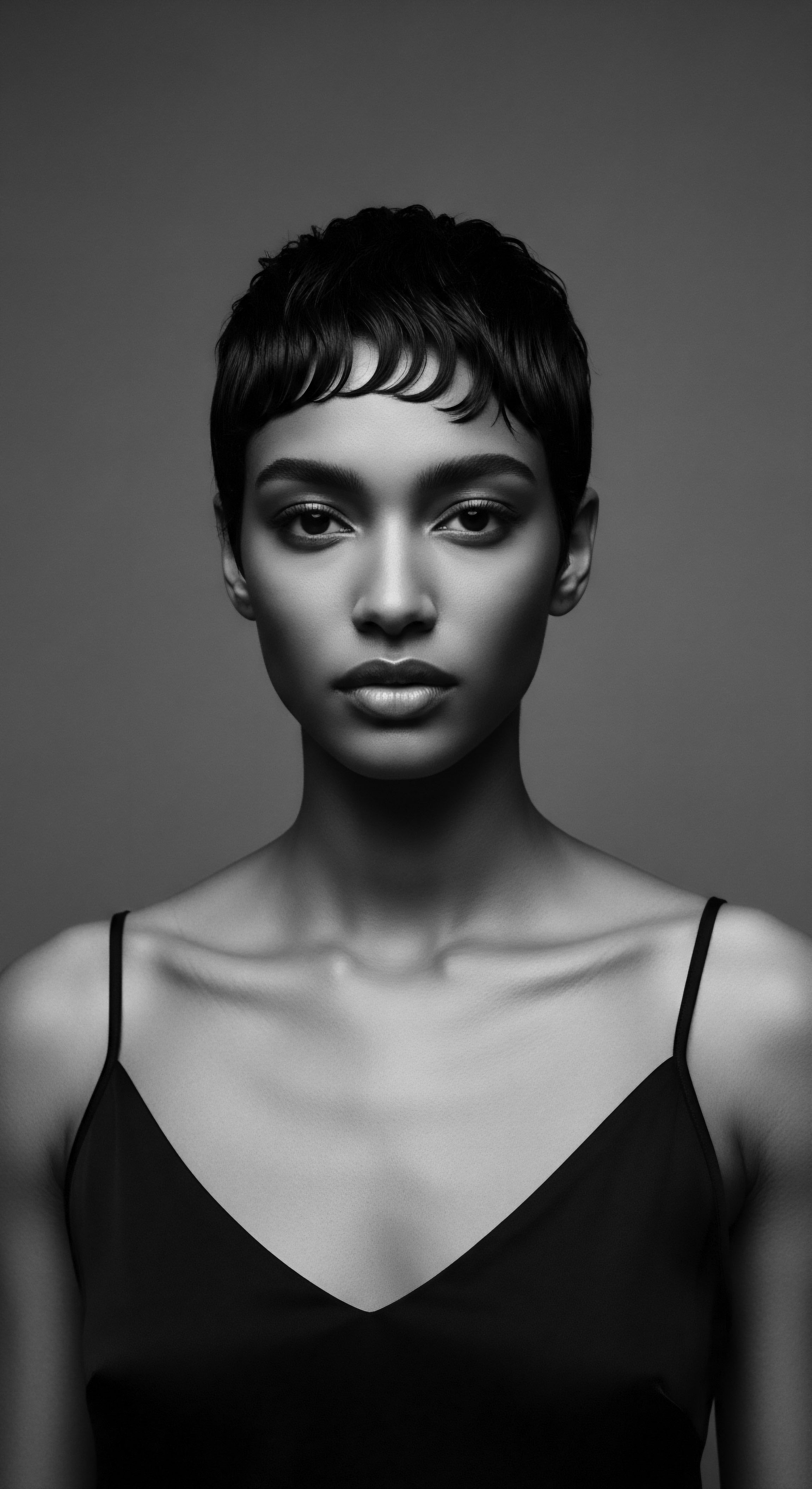
The Language of Strands
Understanding textured hair also means understanding its diverse classifications. While modern systems like the Andre Walker typing chart (types 3A-4C) offer a useful descriptive framework, it is vital to remember these are contemporary constructs. Historically, classifications were far more fluid, intertwined with social status, tribal affiliation, age, and spiritual significance. The way hair was coiled, braided, or adorned conveyed messages within the community, a silent language understood by all.
For instance, among the Yoruba people of Nigeria, hair styles were not merely aesthetic choices; they were profound expressions of heritage and social structure. A woman’s hair could indicate her marital status, her age, or even her wealth. An undone appearance might signify deep mourning or ill health. This deep connection between hair presentation and societal role highlights a heritage where hair was a central marker of identity.
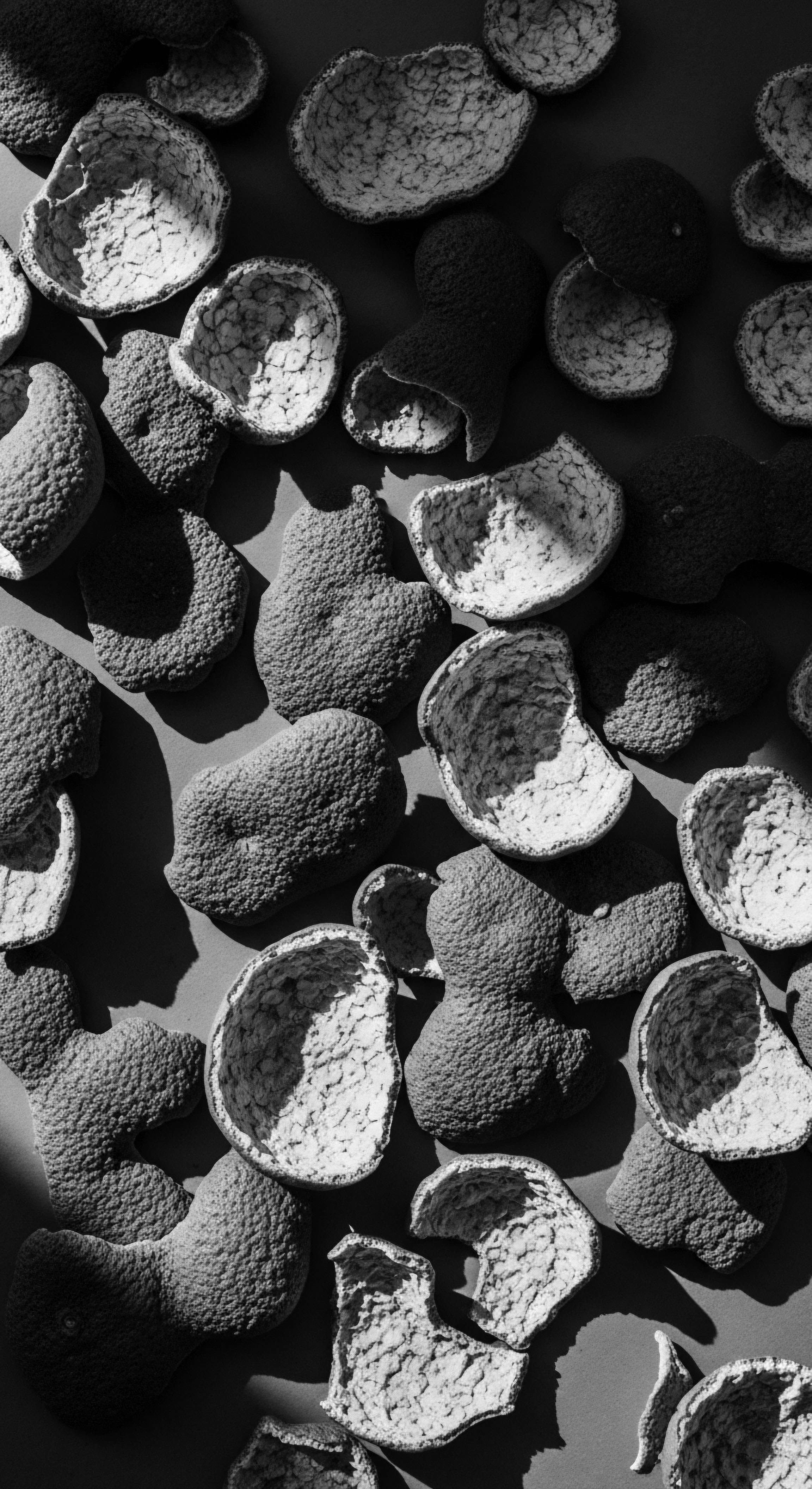
Ancestral Lexicon of Hair Identity
The traditional lexicon surrounding hair was not about curl patterns as we know them today, but about the styles, the rituals, and the materials used. The concept of “good hair” was often tied to its cleanliness, length, and neatness, which symbolized fertility and the ability to produce bountiful farms in some West African societies.
- Didi ❉ A Yoruba term referring to handmade plaited hair.
- Kiko ❉ Another Yoruba term for hair tied with thread or braided.
- Shuku ❉ A prominent Yoruba hairstyle involving braids forming a hump on top of the head, traditionally reserved for royalty.
- Koroba ❉ Meaning a calabash turned upside down, a Yoruba style with hair woven from the center of the scalp downwards, often adorned with beads.
These terms embody a heritage where hair was a canvas for meaning, a living text narrating an individual’s place within the collective. The scientific understanding of hair’s anatomy complements this traditional knowledge, offering a deeper appreciation for the ingenuity of ancestral practices that, without microscopes, instinctively responded to the hair’s unique needs.
| Aspect of Classification Primary Focus |
| Traditional/Ancestral Perspectives Social status, tribal affiliation, life stage, spiritual meaning, community identity |
| Modern Hair Typing Systems Curl pattern, density, porosity, strand width |
| Aspect of Classification Method of Identification |
| Traditional/Ancestral Perspectives Visual symbolism of styles, adornments, and communal rituals |
| Modern Hair Typing Systems Categorization based on physical characteristics (e.g. 3A, 4C) |
| Aspect of Classification Purpose |
| Traditional/Ancestral Perspectives Communication within a cultural framework, upholding heritage |
| Modern Hair Typing Systems Product recommendation, understanding hair needs for contemporary styling |
| Aspect of Classification Care Philosophy |
| Traditional/Ancestral Perspectives Holistic, communal, deeply connected to natural elements and inherited wisdom |
| Modern Hair Typing Systems Individualized product selection, scientific ingredient efficacy |
| Aspect of Classification Understanding both traditional and modern approaches allows a more complete appreciation of textured hair's heritage and its contemporary care needs. |
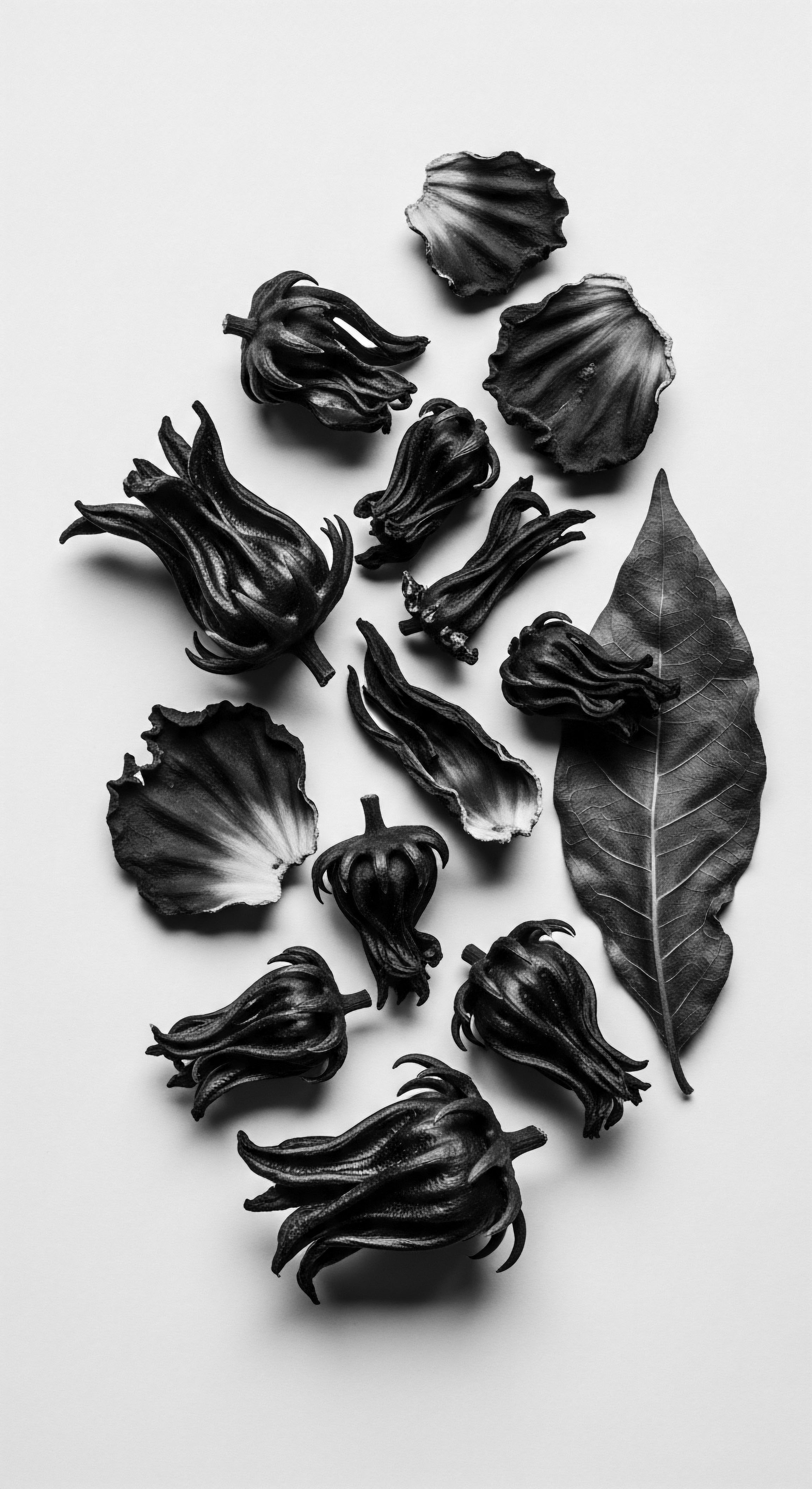
Ritual
The essence of textured hair care, when viewed through the lens of history, reveals itself as a series of deliberate, often communal, rituals. These were not random acts, but purposeful engagements, each stroke and application carrying layers of meaning, connecting individuals to their lineage and community. The concept of a modern “regimen” finds its deepest roots in these ancestral rites of passage and daily practices, where care was an intrinsic part of self-reverence and cultural expression.
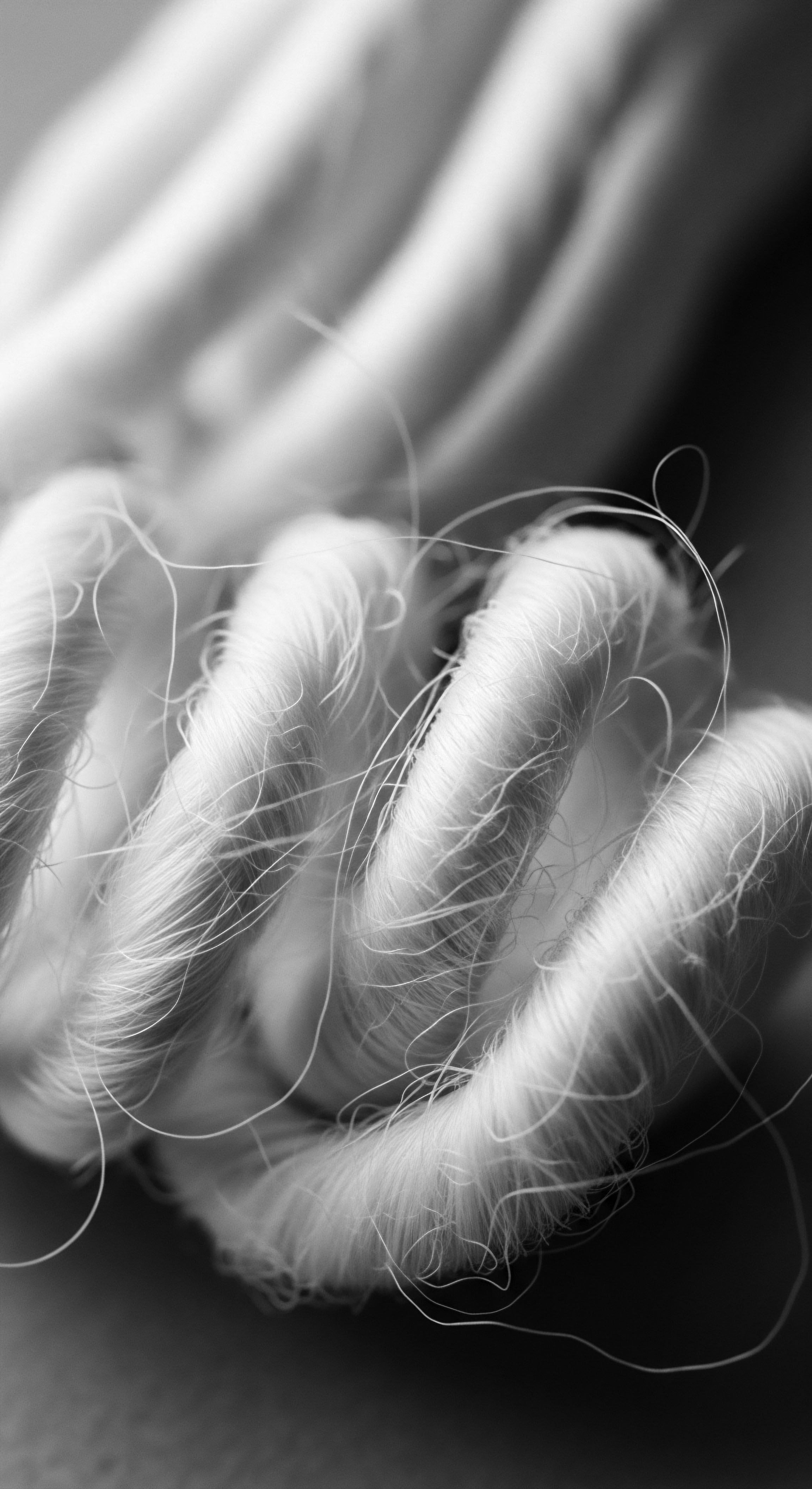
The Tender Thread of Care
Generations ago, the care of textured hair was a significant aspect of daily life, often unfolding as a shared experience. Mothers, aunts, and grandmothers would gather, their hands moving with practiced rhythm, braiding and oiling hair. This activity served as a bonding opportunity, a time for storytelling, for sharing wisdom, and for reinforcing familial and communal ties. The physical act of styling became a conduit for cultural transmission, a tender thread connecting the individual to their collective heritage.
This communal approach to hair care often meant that techniques and remedies were passed down orally, through observation and direct participation. The learning was organic, deeply embedded in the social fabric. While modern regimens often emphasize solitary self-care, historical practices remind us of the profound human connection inherent in the act of nurturing hair.
Ancestral hair care was a communal ritual, a profound act of cultural transmission and familial bonding.
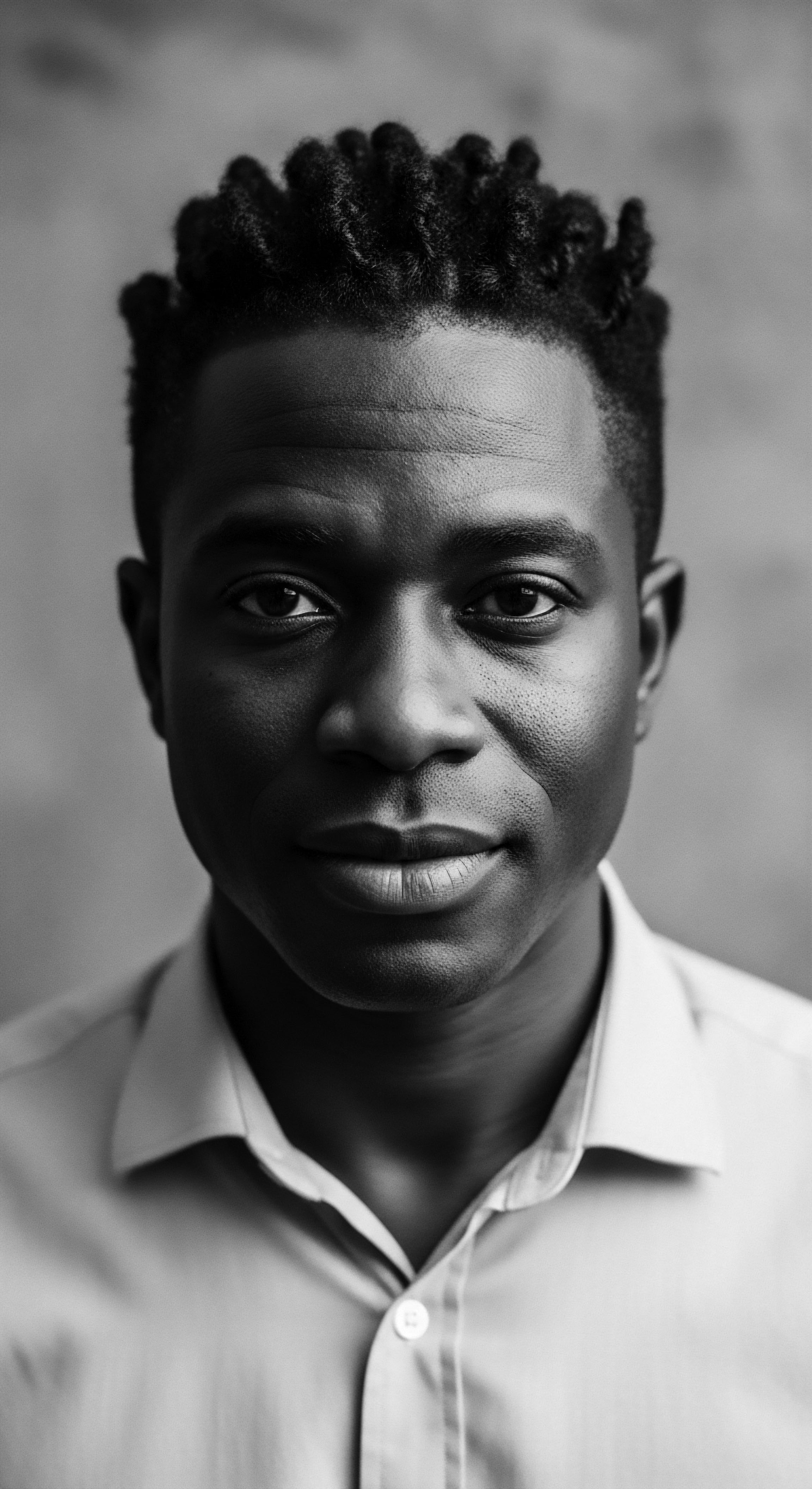
Protective Styling as Ancestral Ingenuity
Protective styling, a widely recognized concept in modern textured hair care, traces its lineage directly to ancestral practices. African cultures developed intricate braiding, twisting, and coiling techniques that served multiple purposes ❉ protection from the elements, communication of social standing, and a canvas for artistic expression. These styles minimized manipulation, retained moisture, and prevented breakage, allowing hair to thrive in challenging climates.
Consider the enduring legacy of Cornrows, a style found across various African cultures, its patterns often mirroring agricultural fields or spiritual symbols. These styles were not merely decorative; they were designed to safeguard the hair and scalp. Similarly, Bantu Knots, while seen as a contemporary style today, have ancient roots in Southern and Central Africa, providing a method for stretching and protecting hair. These methods reflect a deep understanding of hair’s vulnerability and the need to shield it.
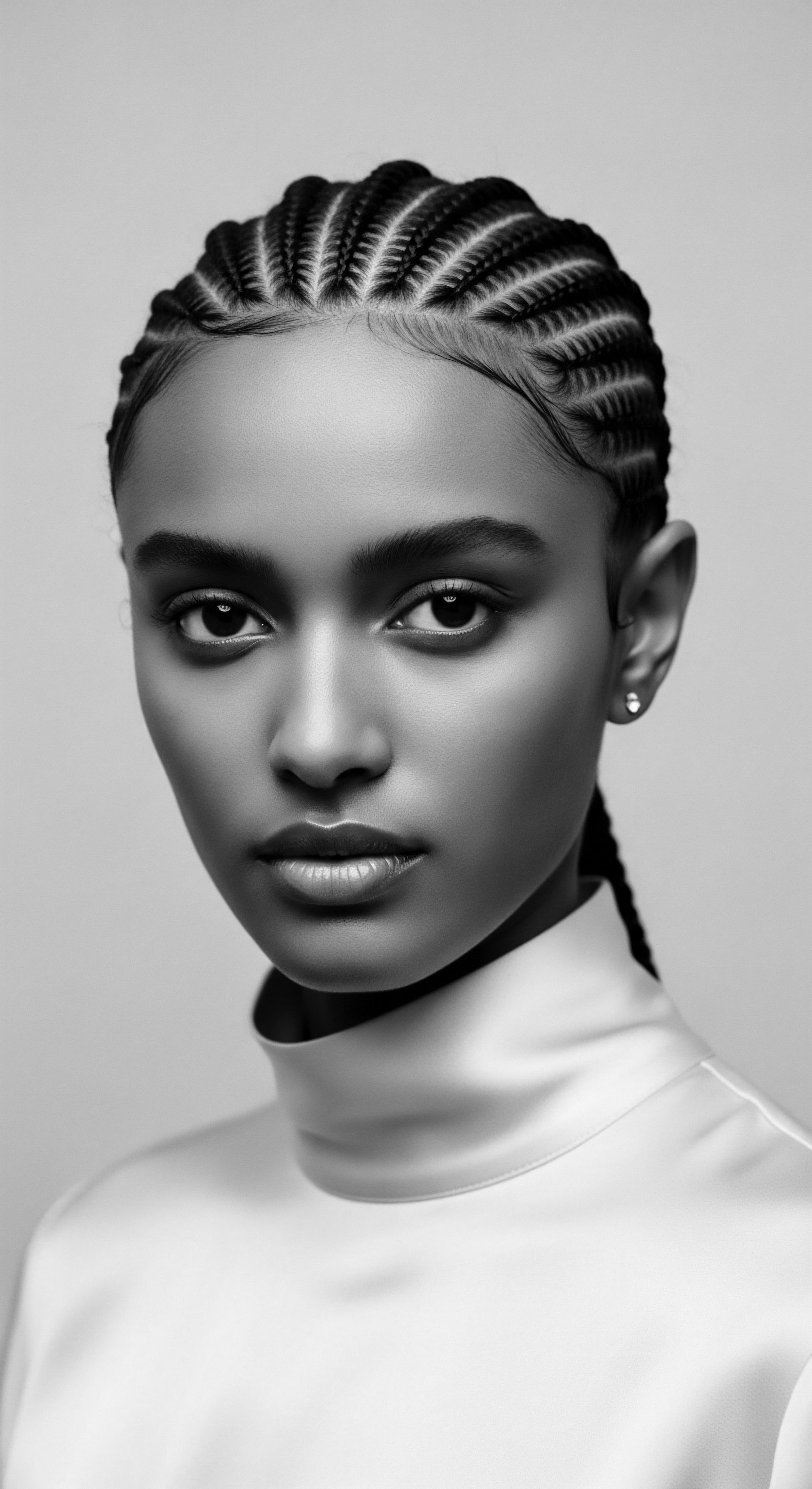
Adornment and Symbolic Power
Beyond the functional aspects, traditional hair styling was an art form. Hair was adorned with a variety of natural and crafted materials, each carrying specific meaning ❉
- Cowrie Shells ❉ Symbolizing fertility and prosperity in many West African cultures.
- Beads ❉ Used to signify status, wealth, or tribal affiliation; for example, Igbo women in Nigeria adorned their hair with Jigida glass beads for good luck and fertility.
- Natural Fibers ❉ Materials like raffia or sisal were often incorporated into braids, adding length and volume, or used to tie and shape styles.
- Clay and Ochre Mixtures ❉ As seen with the Himba people’s Otjize, applied to hair not just for color, but also for protection against the sun and insects.
These adornments were not accessories; they were integral to the hairstyle’s meaning and purpose, further solidifying the link between hair and identity, heritage, and the natural world.
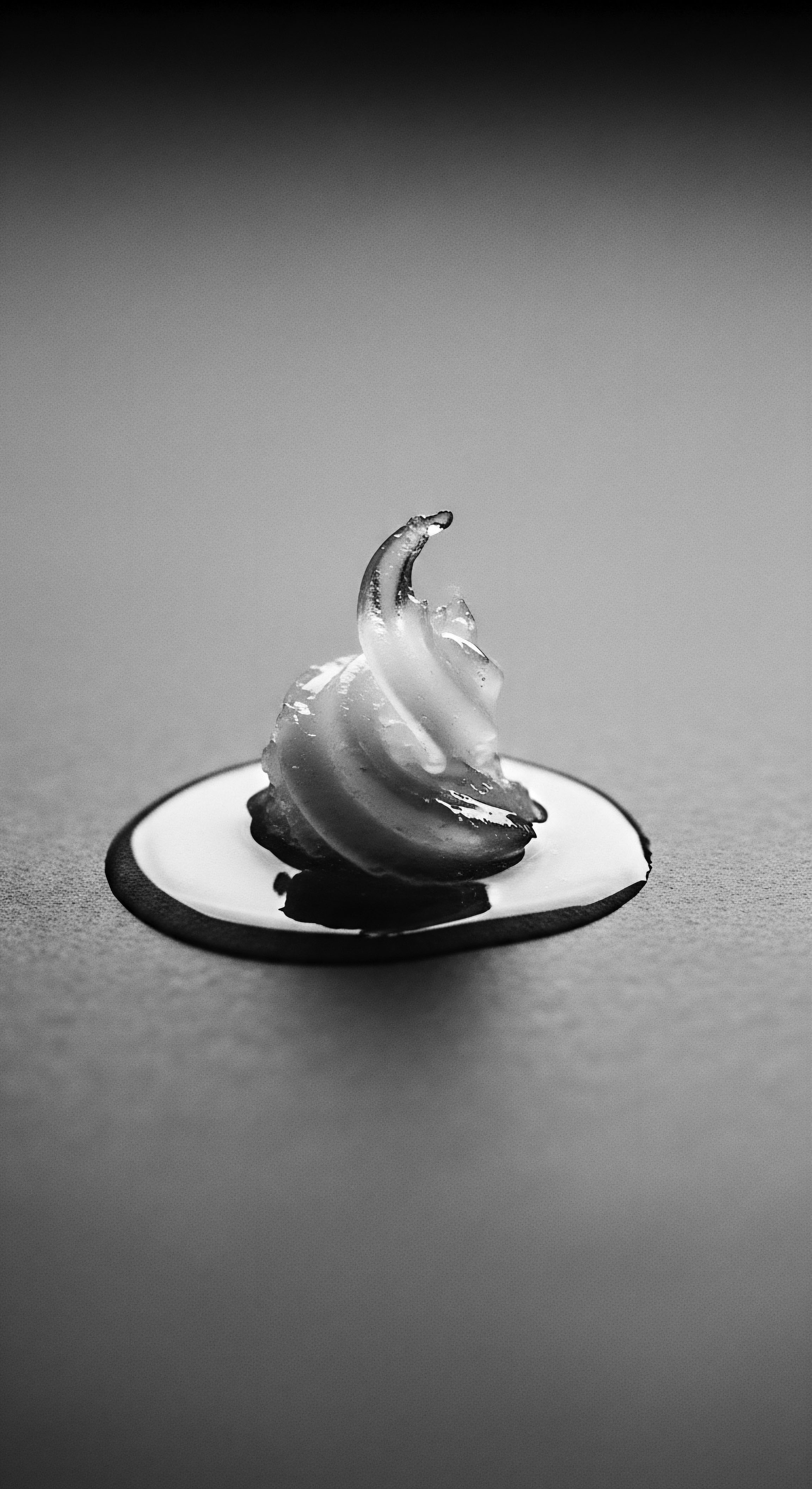
The Complete Textured Hair Toolkit of Yesteryear
The tools used in historical hair care were as elemental and resourceful as the practices themselves. Before the advent of modern brushes and combs, hands were primary, along with naturally sourced implements.
The Oya, a wooden comb with three teeth used by the Yoruba, illustrates the ingenuity of ancestral craftsmanship, designed to navigate coiled textures effectively. Animal bones, thorns, or sharpened sticks might have served similar purposes, detangling and sectioning hair with precision. The communal nature of hair care often meant that a single tool might be shared within a family or community, carrying with it the collective memory of countless styling sessions.
The transition from these simple, organic tools to manufactured ones reflects a shift, but the underlying principles of gentle detangling and precise manipulation remain. Modern innovation can certainly improve efficacy and reduce effort, but the spirit of mindful, deliberate handling, so present in ancestral methods, remains a timeless guide.
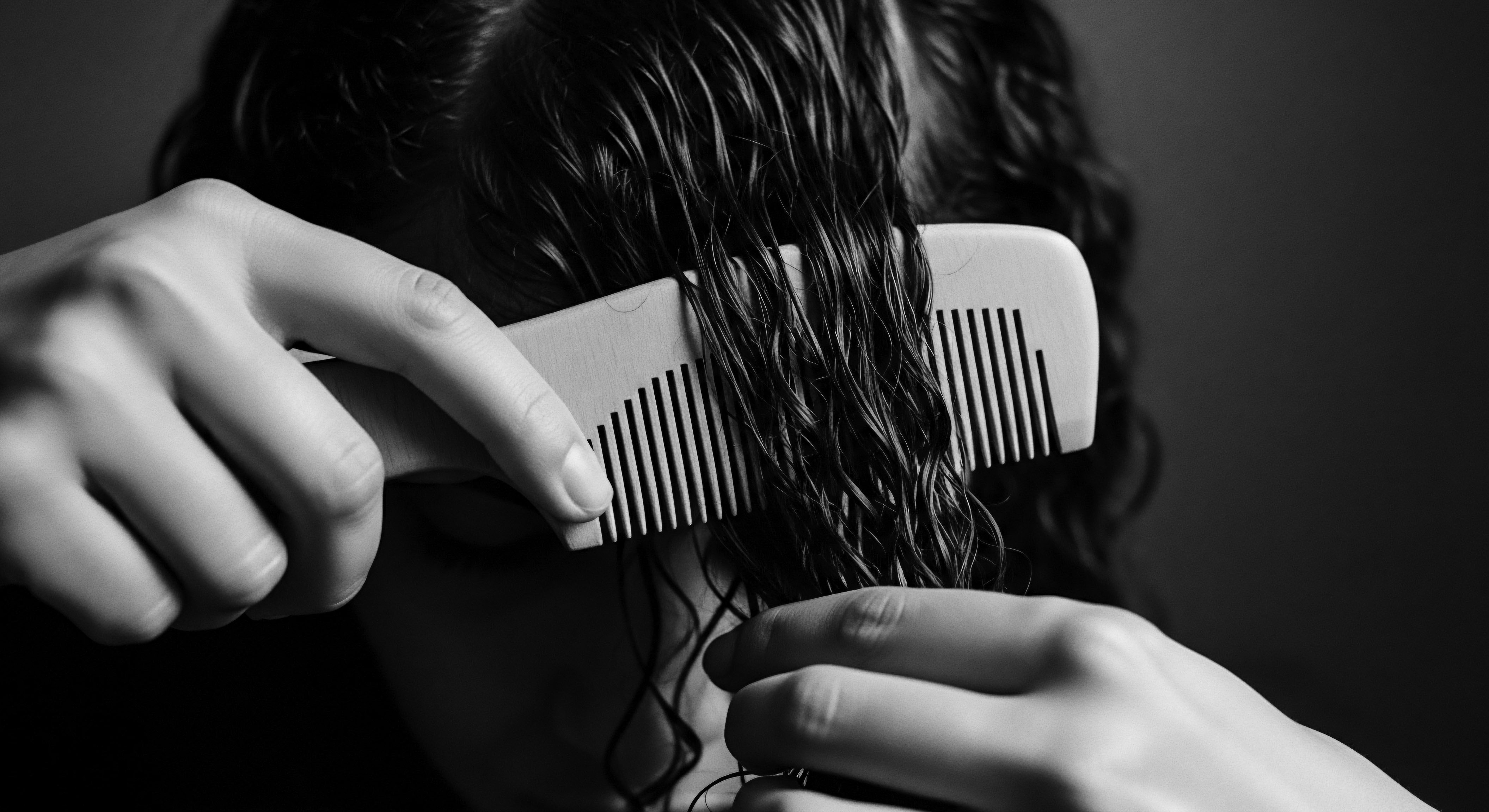
Relay
The dialogue between historical practices and contemporary science is a rich one, a relay race where ancient wisdom passes the baton to modern understanding. Far from being disparate, these realms often validate and enrich each other, offering a profound appreciation for the enduring efficacy of ancestral methods in nourishing textured hair. It is here that the concept of “Can historical practices improve modern textured hair regimens?” finds its most compelling affirmation.

Building Personalized Textured Hair Regimens from Ancestral Blueprints
Modern hair care encourages personalized regimens, recognizing that each head of textured hair possesses unique needs. This tailored approach echoes ancestral wisdom, where local botanical knowledge and individual hair characteristics guided care. The notion of a single universal solution for textured hair is a modern construct, often misaligned with the diverse realities of inherited hair types.
A personalized regimen, informed by heritage, involves more than just selecting products. It encompasses a holistic perspective, acknowledging the interplay of diet, environment, and even emotional well-being on hair health. Ancient practices often incorporated these broader elements, viewing the individual as a complete system, with hair as an external indicator of internal balance.
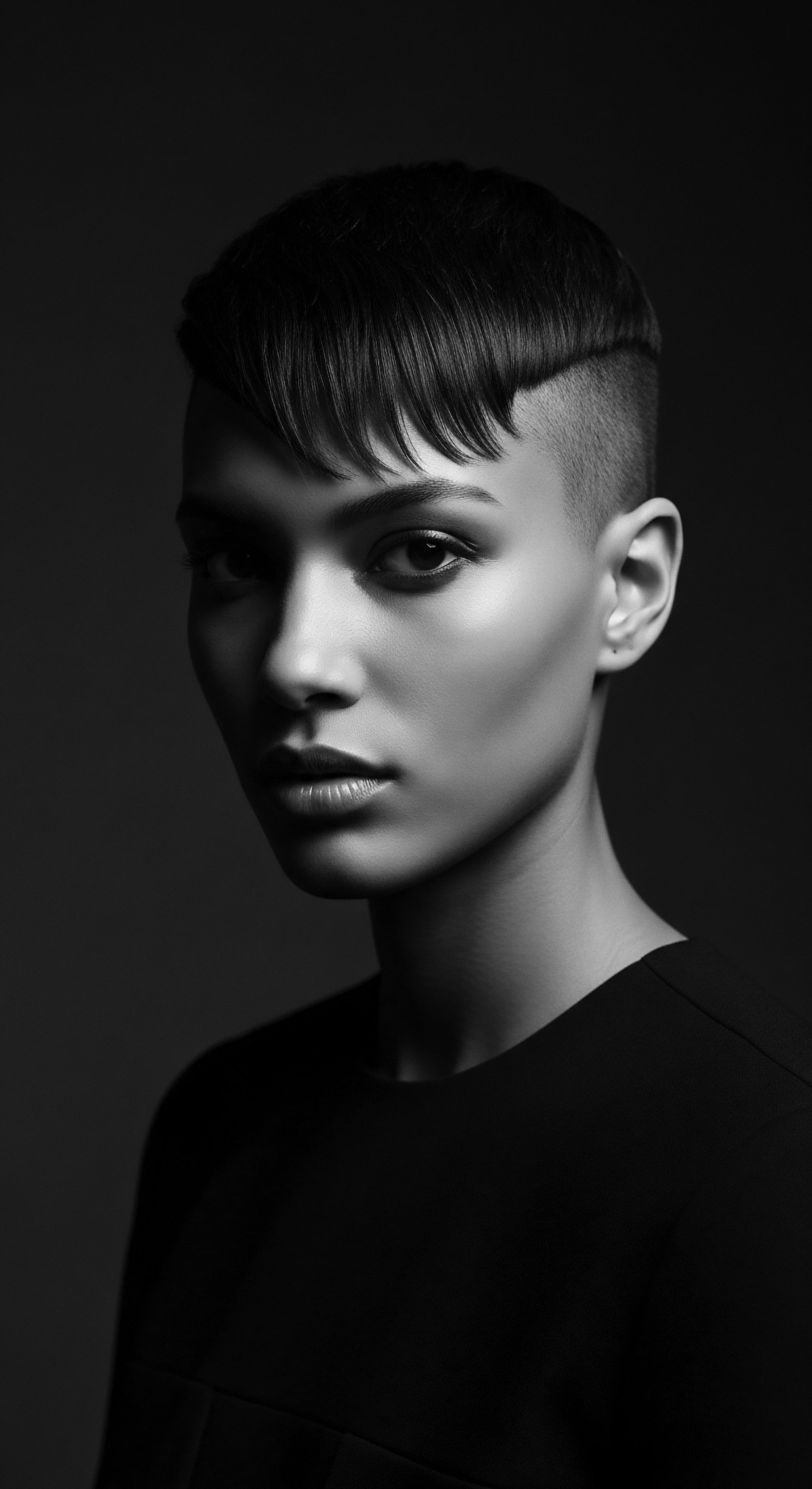
The Nighttime Sanctuary and Bonnet Wisdom
The nighttime ritual, particularly the use of head coverings, stands as a prominent example of historical practices directly influencing modern regimens. For centuries, various forms of headwraps, scarves, and coverings were used across African cultures, not solely for adornment, but for protection. They shielded hair from environmental aggressors during the day and preserved styles and moisture at night.
The modern Bonnet, often made of silk or satin, directly descends from these traditional protective head coverings. The scientific explanation for its efficacy lies in the smooth surface of these materials, which reduces friction between hair strands and bedding. This friction, over time, leads to breakage, frizz, and moisture loss in textured hair. By providing a low-friction barrier, the bonnet actively preserves the hair’s integrity, mimics the protective function of ancestral coverings, and significantly improves moisture retention.
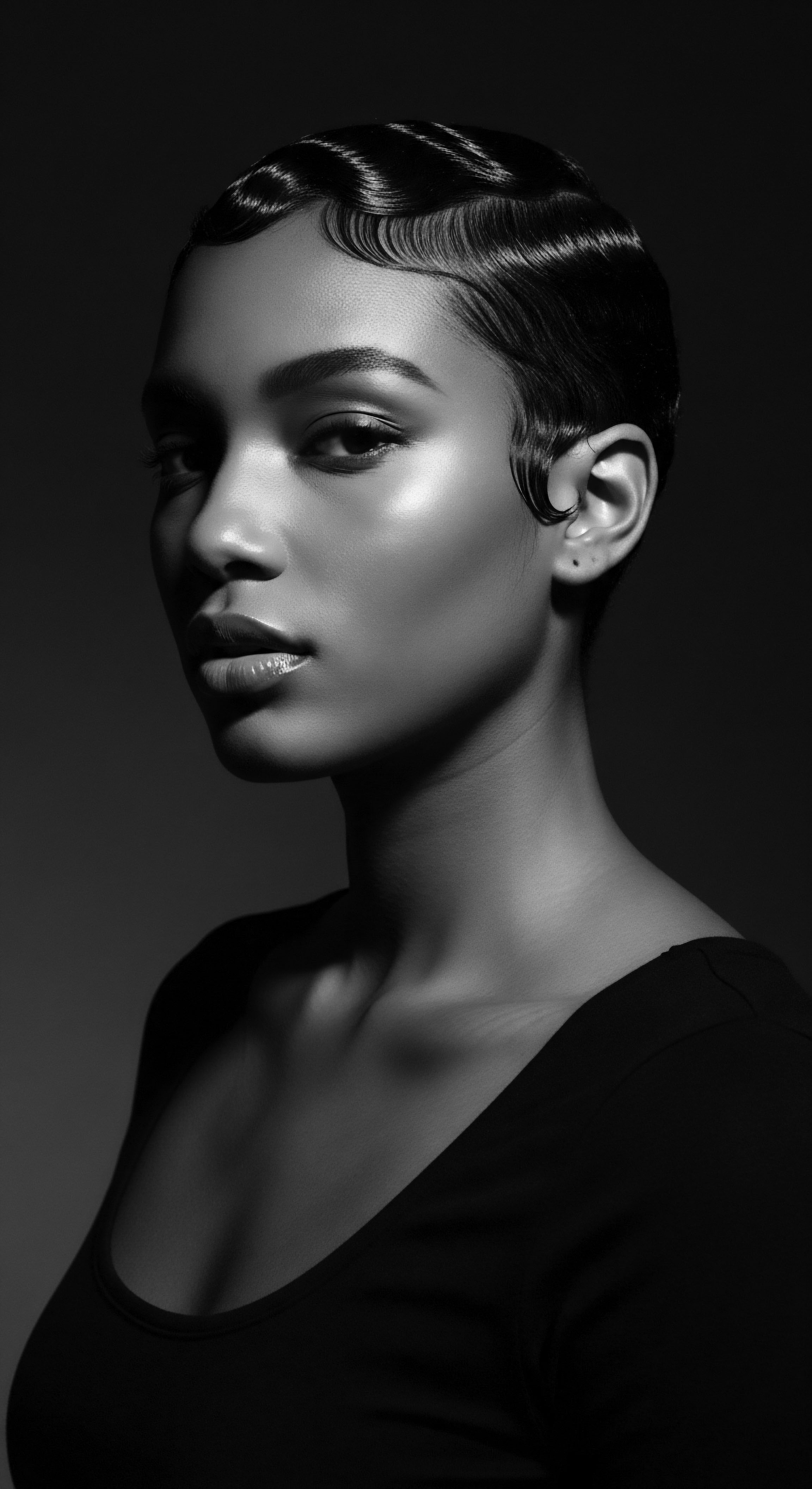
Ingredient Deep Dives for Textured Hair Needs
Many ingredients celebrated in modern natural hair care have deep ancestral roots, their efficacy validated by generations of use and, increasingly, by scientific inquiry. These traditional botanicals and compounds formed the bedrock of ancestral regimens, often chosen for their moisturizing, cleansing, or protective properties.
One prime example is Shea Butter (Vitellaria paradoxa), a staple in West African communities for millennia. Historically, it was used to moisturize skin and hair, treat various ailments, and protect against harsh climates. Modern scientific analysis reveals shea butter is rich in vitamins A, E, and F, alongside essential fatty acids, offering reparative and moisturizing benefits that are now widely appreciated in the cosmetic industry. Its anti-inflammatory properties may also support scalp health.
Similarly, African Black Soap, traditionally made from plantain skins, cocoa pods, and various oils, served as a gentle cleanser for both skin and hair. Its natural exfoliating properties contribute to a healthy scalp environment, crucial for hair growth. While modern shampoos may strip hair, black soap, when properly formulated, offers a cleansing experience that respects the hair’s natural moisture barrier, a principle aligned with historical emphasis on moisture retention.
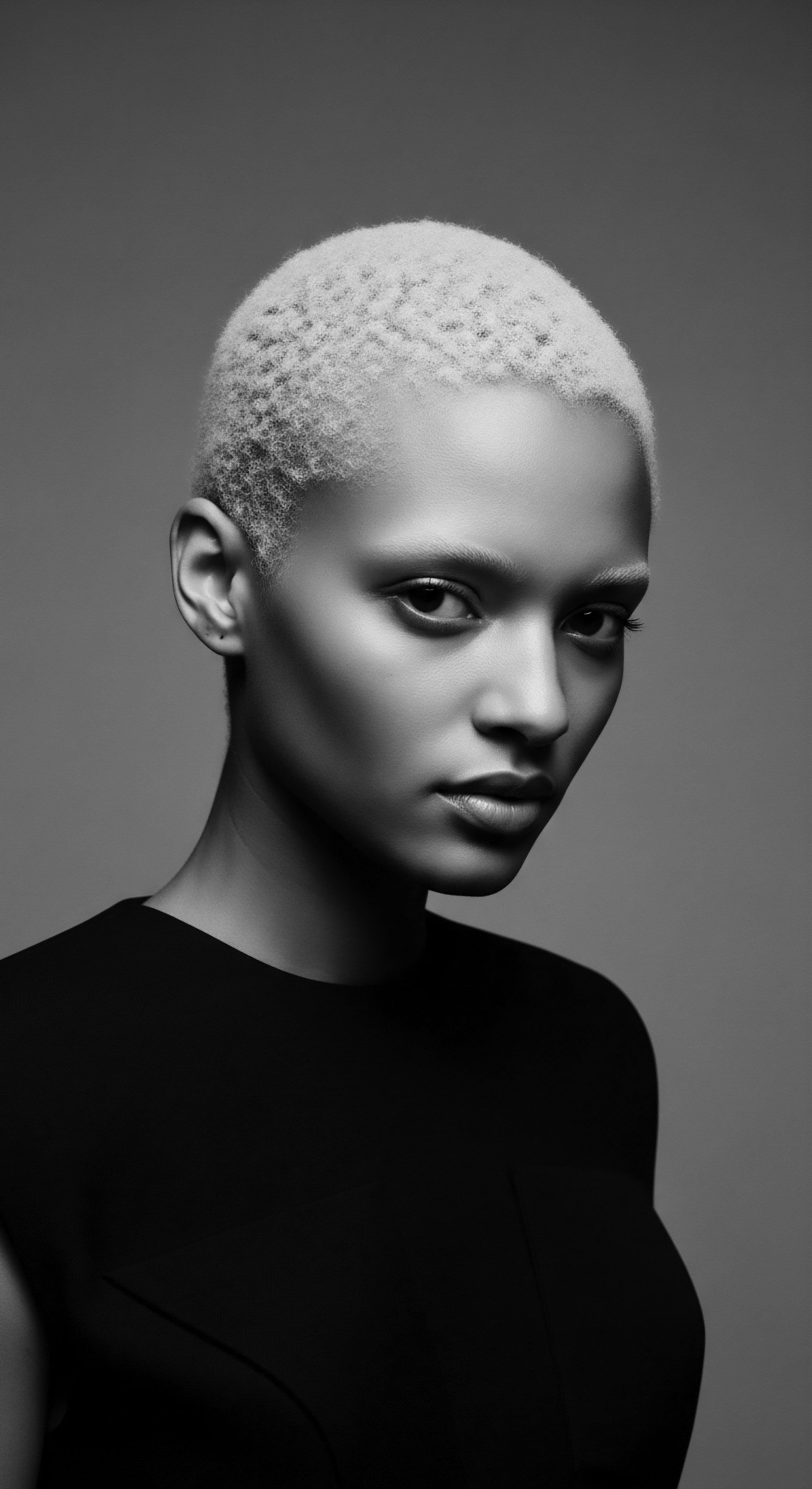
Botanical Heritage and Hair Science
The rich biodiversity of Africa provided a living pharmacy for hair care. Ethnobotanical studies have begun to document these ancient practices, often uncovering plant species with documented biological activity relevant to hair health. For instance, a comprehensive review documented 68 Plant Species identified as traditional African treatments for various hair and scalp conditions, including alopecia, dandruff, lice, and tinea.
Significantly, 58 of these species also exhibited potential as antidiabetic treatments when taken orally, suggesting a systemic health connection often overlooked in modern, localized treatments (Cosmetopoeia of African Plants in Hair Treatment and Care ❉ Topical Nutrition and the Antidiabetic Connection?, 2024). This study points to a holistic understanding of wellness where internal health and external appearance are intricately linked, a concept long understood by ancestral healers.
Another example is Rhassoul Clay from Morocco, used historically as a mud wash that cleanses hair and scalp without stripping natural oils. Modern science acknowledges clays for their ability to absorb impurities while imparting minerals, aligning with its traditional use for gentle, effective cleansing.
| Traditional Ingredient Shea Butter (Vitellaria paradoxa) |
| Ancestral Use (Heritage Context) Moisturizing, protective balm for hair and skin, treatment for ailments, ancient Egyptian beauty ritual |
| Modern Scientific Validation (Relevant to Can Historical Practices Improve Modern Textured Hair Regimens?) Rich in vitamins A, E, F, and fatty acids; moisturizes, reduces inflammation, offers UV protection |
| Traditional Ingredient African Black Soap |
| Ancestral Use (Heritage Context) Gentle cleanser for hair and body; remedy for skin conditions |
| Modern Scientific Validation (Relevant to Can Historical Practices Improve Modern Textured Hair Regimens?) Natural cleansing properties from plantain skins and cocoa pods; respects natural oil balance |
| Traditional Ingredient Rhassoul Clay |
| Ancestral Use (Heritage Context) Mud wash for cleansing hair and scalp without stripping moisture |
| Modern Scientific Validation (Relevant to Can Historical Practices Improve Modern Textured Hair Regimens?) Absorbs impurities, detoxifies scalp, provides minerals, maintains natural moisture |
| Traditional Ingredient Specific Plant Extracts (e.g. from studies) |
| Ancestral Use (Heritage Context) Treatment for alopecia, dandruff, lice, general hair care |
| Modern Scientific Validation (Relevant to Can Historical Practices Improve Modern Textured Hair Regimens?) Identified compounds with potential for hair growth stimulation, anti-inflammatory, and antimicrobial activity |
| Traditional Ingredient The enduring use of these ingredients underscores their proven effectiveness, bridging the gap between ancient wisdom and contemporary understanding of textured hair care. |
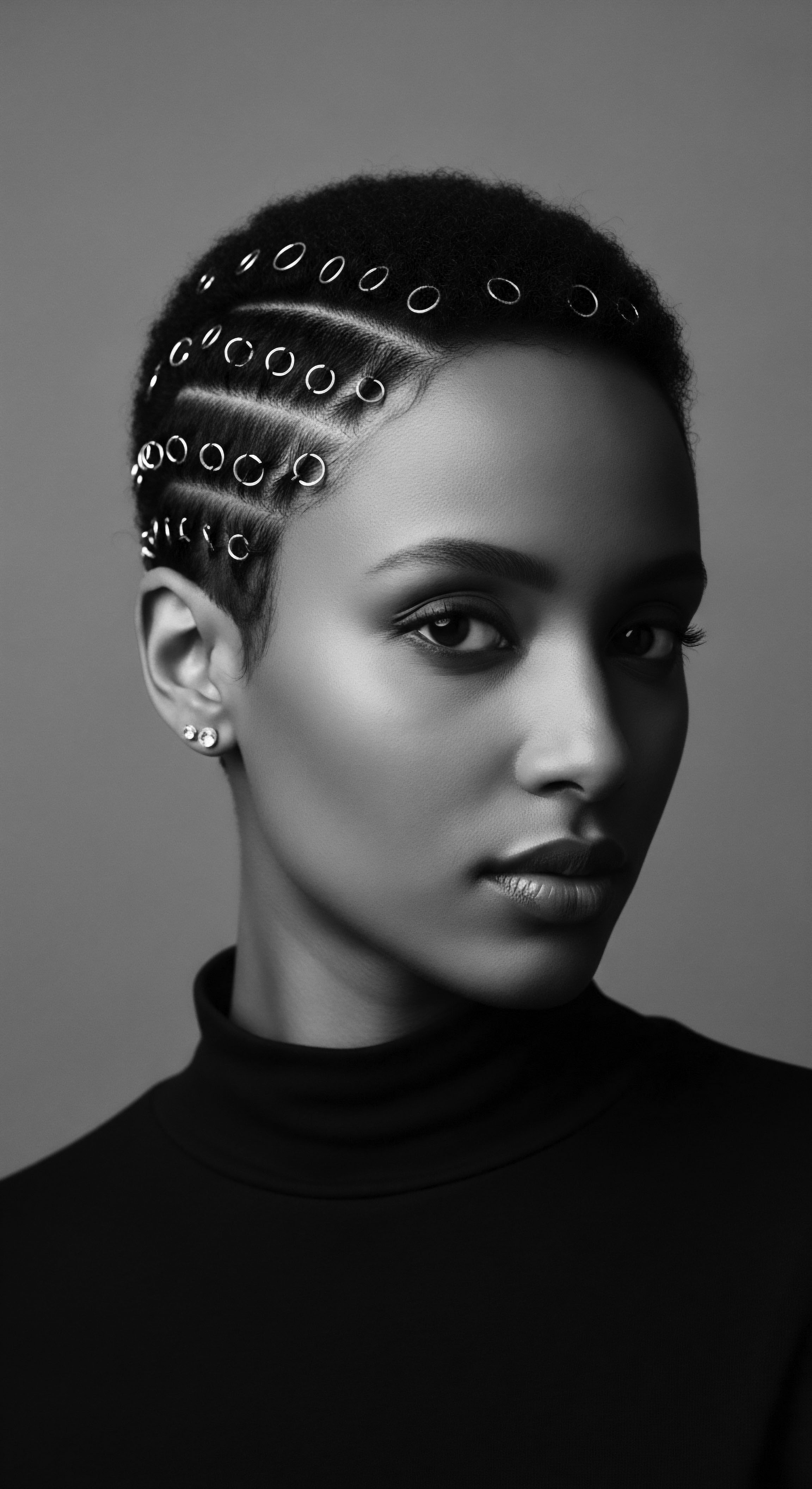
What Problems Can Ancestral Solutions Address Today?
Many contemporary textured hair challenges, such as dryness, breakage, and scalp irritation, were also faced by ancestral communities. Their solutions, often rooted in readily available natural resources and deep ecological knowledge, offer compelling alternatives to modern synthetic products.
For instance, the issue of dryness, a universal concern for textured hair, was traditionally addressed through consistent oiling and buttering. While today we might reach for a leave-in conditioner or a sealant, the principle of coating the hair to lock in moisture is timeless. The use of natural oils like Coconut Oil, Argan Oil, and Marula Oil, which have been used for centuries, provides a protective barrier and nourishment that aligns with modern understanding of emollience and occlusion.
Another persistent challenge involves detangling. Textured hair’s propensity for knots and tangles can lead to breakage. Historically, detangling was a patient, hand-assisted process often performed with wide-tooth combs crafted from wood or bone, or simply by finger separating strands.
This emphasis on gentle, meticulous detangling remains a cornerstone of healthy textured hair care today, regardless of the tools used. The slow, deliberate approach minimizes stress on the hair shaft, a lesson directly from the past.
Traditional botanical remedies and techniques offer powerful, nature-derived solutions for modern textured hair concerns, echoing ancient wisdom.
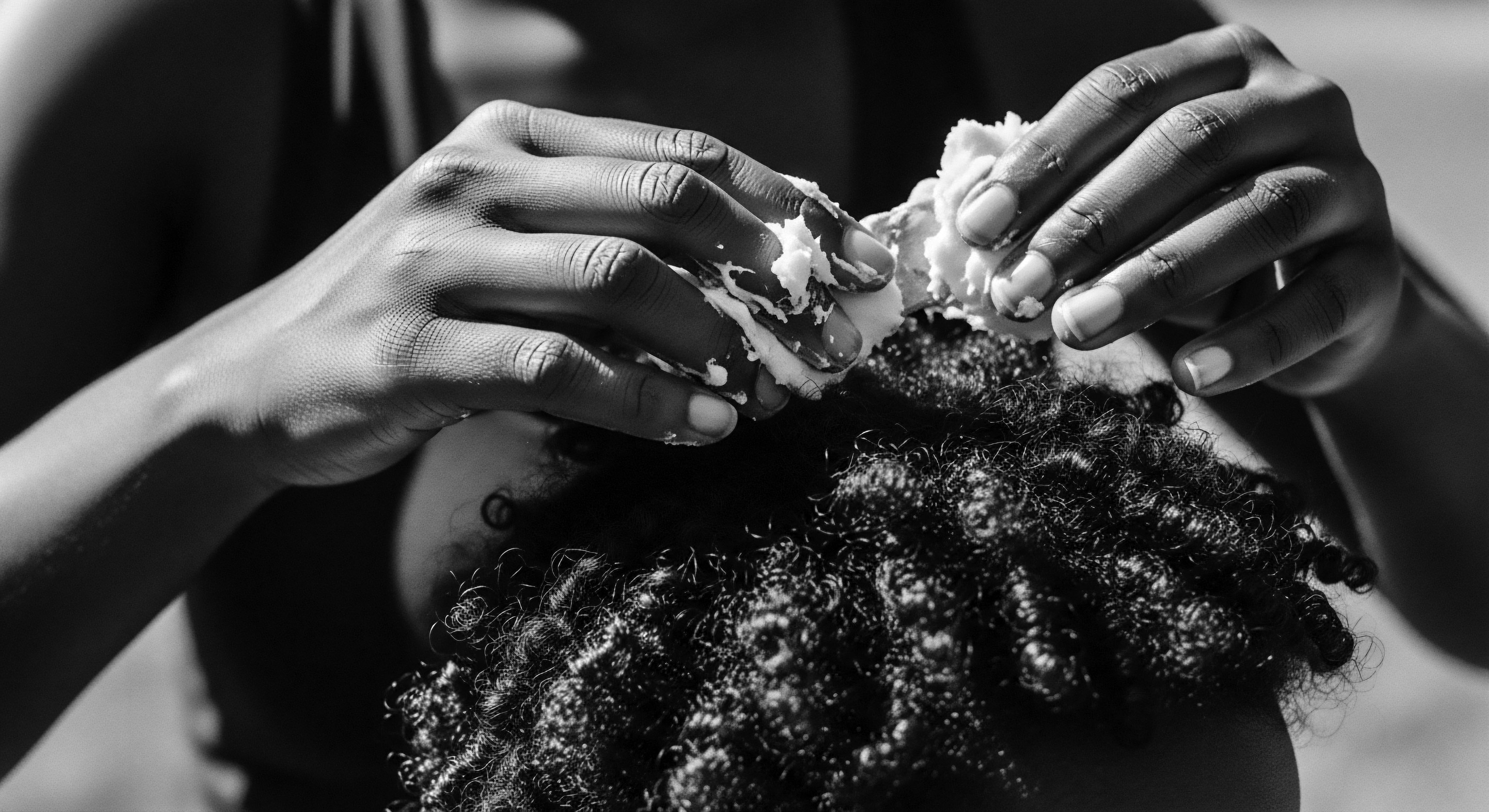
Holistic Influences on Hair Health from Ancestral Wellness
The modern wellness movement increasingly recognizes the connection between internal health and external appearance. This integrated view finds strong parallels in ancestral philosophies of hair care. For many African communities, hair health was not isolated from overall well-being. Diet, spiritual practices, and communal harmony all played a part.
For example, traditional African diets were rich in nutrient-dense whole foods, which inherently supported healthy hair growth. While specific dietary recommendations for hair health are modern, the underlying principle of nourishing the body from within is deeply ancestral. Similarly, the ritualistic aspects of hair care, often imbued with spiritual significance, spoke to a holistic approach where the act of care was also an act of self-connection and reverence for heritage.
By re-engaging with these historical practices, we gain not only practical methods for hair care but also a deeper appreciation for the interconnectedness of our bodies, our communities, and our ancestral legacy. The wisdom of the past does not simply offer alternatives; it provides a profound framework for understanding and honoring the textured helix we carry.
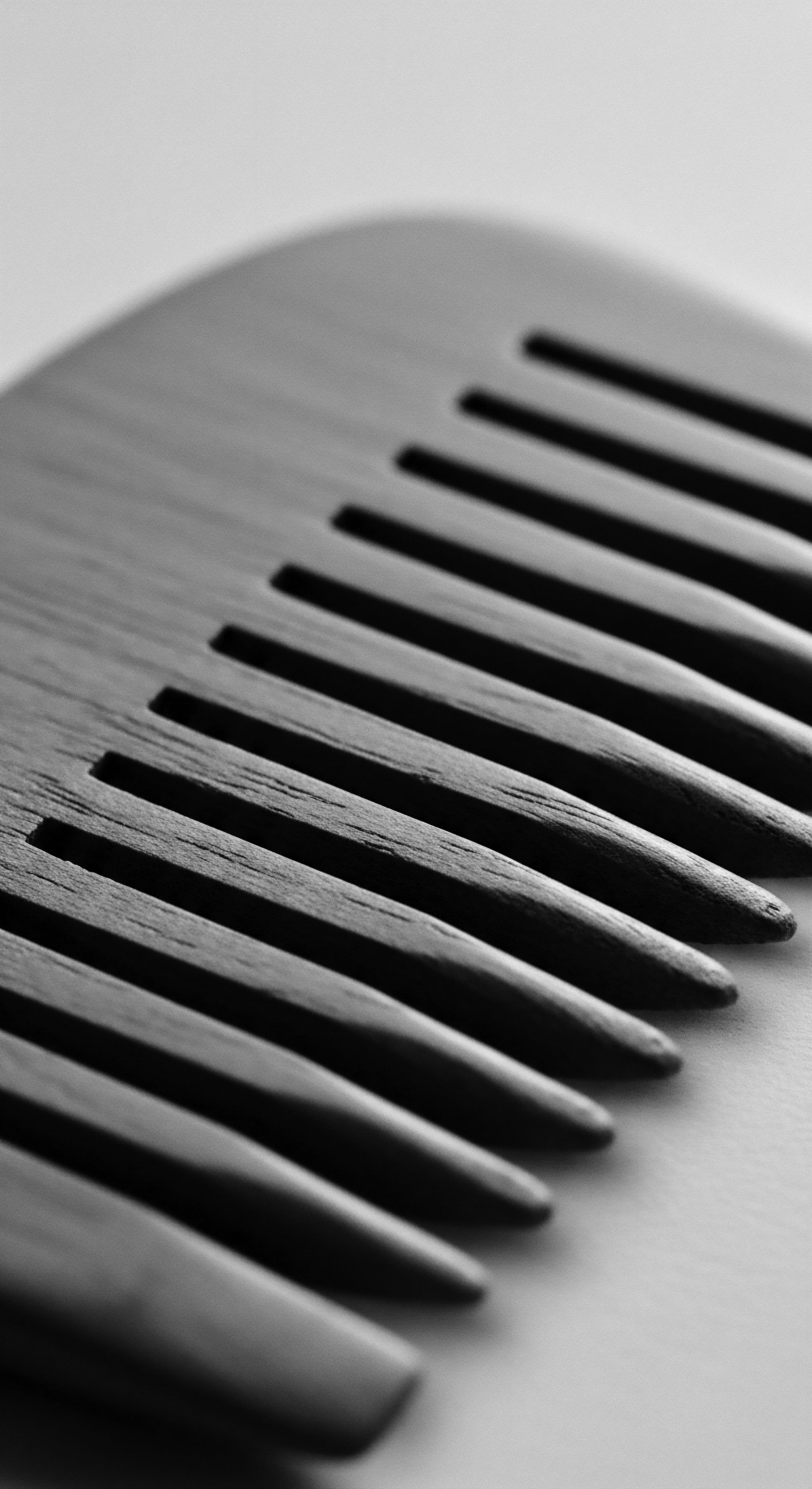
Reflection
As the sunlight falls upon our journey through the annals of textured hair heritage, a profound truth emerges ❉ the wisdom of the past is not a relic to be dusted off and admired from afar. It is a living, breathing guide, ready to infuse our modern regimens with a depth and purpose often overlooked in the pursuit of fleeting trends. The story of textured hair, from the intricate helix of its biology to the vibrant tapestry of its cultural expression, is an enduring testament to resilience, identity, and ingenuity.
We have seen how the foundational understanding of hair’s inherent needs, once observed and passed down through generations, finds resonance in today’s scientific explanations. We have walked through the tender rituals of communal care, understanding that the act of styling was always more than aesthetic; it was an act of bonding, of cultural transmission, of self-definition. And we have witnessed how the Earth’s bounty, in the form of ancient botanicals and resourceful tools, provided enduring solutions to hair challenges, many of which persist today.
To ask if historical practices can improve modern regimens is to ask if we can truly listen to the echoes from the source. The answer rings clear ❉ by honoring the ancestral wisdom, by re-adopting the spirit of mindful, holistic care, and by recognizing the cultural legacy held within each strand, we do not merely improve our hair; we reclaim a piece of ourselves. The Soul of a Strand, then, is not just about its physical form, but the luminous heritage it carries, a boundless helix connecting us to all who came before, shaping a future where every texture is celebrated as a sacred gift.
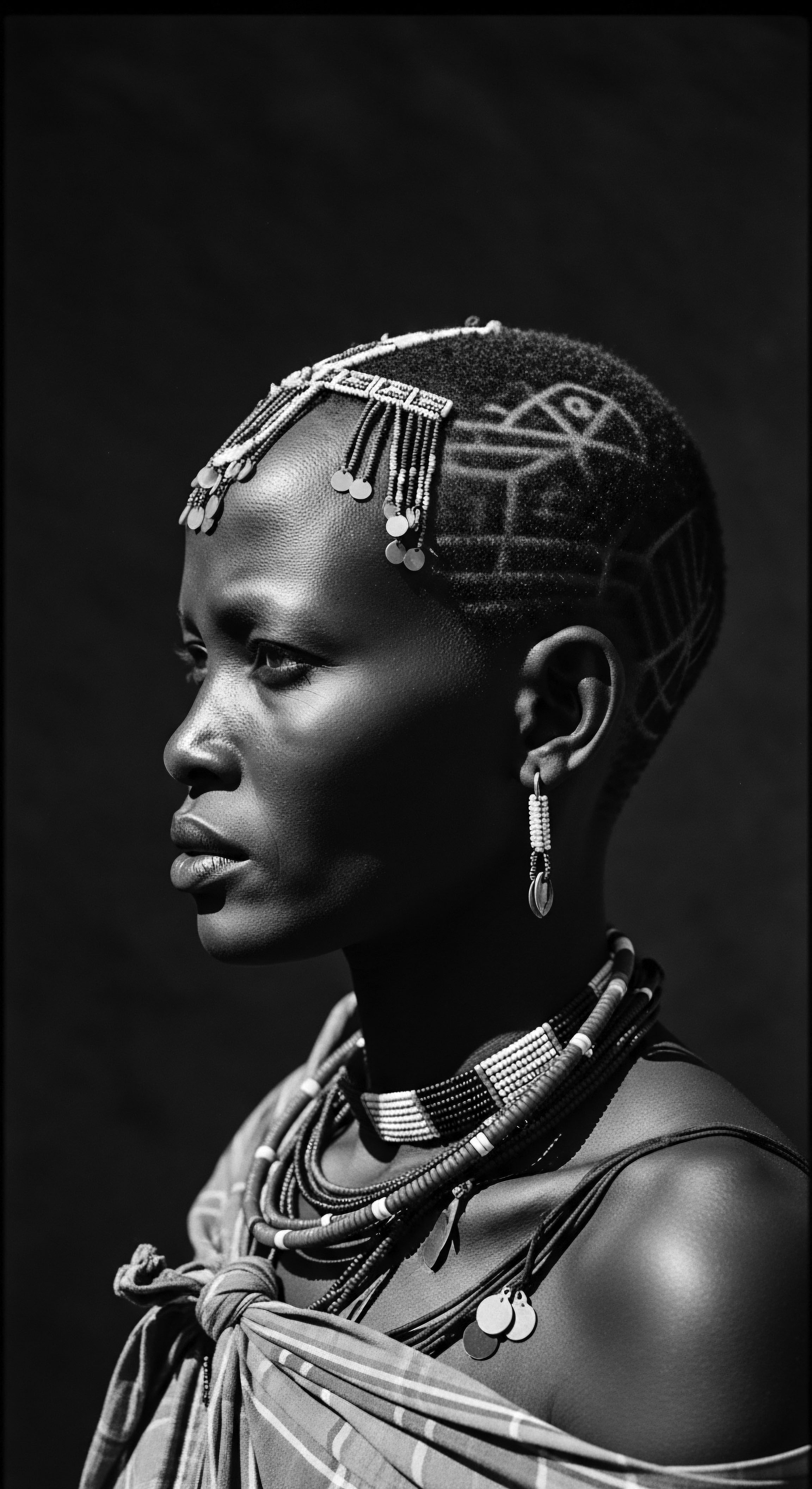
References
- Mouchane, M. Taybi, H. Gouitaa, N. Assem, N. (2023). Ethnobotanical Survey of Medicinal Plants used in the Treatment and Care of Hair in Karia ba Mohamed (Northern Morocco). Journal of Medicinal Plants and By-products, 13(1), 201-208.
- Wong, N. Williams, K. Tolliver, S. & Potts, G. (2025). Historical Perspectives on Hair Care and Common Styling Practices in Black Women. Cutis, 115(3), 95-99.
- Moussa, F.A. (2024). Cosmetopoeia of African Plants in Hair Treatment and Care ❉ Topical Nutrition and the Antidiabetic Connection? Diversity, 16(2), 96.
- Oziogu, J.C. (2014). Visual Documentation of Traditional Nigerian Hair Styles and Designs as a Means of Expressing Social and Cultural Heritage. EA Journals, 1(1), 1-15.
- Adejumo, A.A. & Akinbobola, E.O. (2023). Hairdressing and Hairstyles in Yorubaland ❉ History, Nature, Dynamics and Significance. IOSR Journal of Humanities and Social Science, 28(1), 30-38.
- Mishra, R. Pandey, K. & Jha, A. (2018). Ethnobotanical Study of Medicinal Plants Used in Traditional Medicine in India. Journal of Ethnopharmacology, 219, 1-10.
- Bellakhdar, J. (1997). La pharmacopée marocaine traditionnelle ❉ médecine arabe et savoirs populaires. Ibis Press.
- Tekola, A.A. & Admasu, T.A. (2025). Plants used for hair and skin health care by local communities of Afar, Northeastern Ethiopia. Ethnobotany Research and Applications, 29, 1-17.
